An Uncertainty Analysis and Reliability-Based Multidisciplinary Design Optimization Method Using Fourth-Moment Saddlepoint Approximation
Yongqiang Guoand Zhiyuan Lv
1School of Materials Science and Engineering,University of Science and Technology Beijing,Beijing,100083,China
2Beijing Research Institute of Mechanical&Electrical Technology,Ltd.,Beijing,100083,China
3School of Mechanical and Electrical Engineering,University of Electronic Science and Technology of China,Chengdu,611731,China
ABSTRACT In uncertainty analysis and reliability-based multidisciplinary design and optimization(RBMDO)of engineering structures,the saddlepoint approximation (SA) method can be utilized to enhance the accuracy and efficiency of reliability evaluation.However,the random variables involved in SA should be easy to handle.Additionally,the corresponding saddlepoint equation should not be complicated.Both of them limit the application of SA for engineering problems.The moment method can construct an approximate cumulative distribution function of the performance function based on the first few statistical moments.However,the traditional moment matching method is not very accurate generally.In order to take advantage of the SA method and the moment matching method to enhance the efficiency of design and optimization,a fourth-moment saddlepoint approximation(FMSA)method is introduced into RBMDO.In FMSA,the approximate cumulative generating functions are constructed based on the first four moments of the limit state function.The probability density function and cumulative distribution function are estimated based on this approximate cumulative generating function.Furthermore,the FMSA method is introduced and combined into RBMDO within the framework of sequence optimization and reliability assessment,which is based on the performance measure approach strategy.Two engineering examples are introduced to verify the effectiveness of proposed method.
KEYWORDS Reliability-based multidisciplinary design optimization;moment method;saddlepoint approximate;sequence optimization and reliability assessment;performance measure approach
1 Introduction
The progress of science and technology has put forward higher reliability requirements for engineering structural systems [1,2].The actual engineering structure system always has various uncertainties to varying degrees[3–5].Uncertainty can be roughly divided into two categories:aleatory uncertainty and epistemic uncertainty[6].The aleatory uncertainty is objective and irreducible.It can be modeled by probabilistic methods.While the epistemic uncertainty is subjective and reducible.It is caused by incomplete information.
Uncertainty-based design optimization problems are mainly divided into two categories: robust design optimization and reliability design optimization.Robust design optimization focuses on guaranteed performance,looking for designs that are relatively insensitive to changes in uncertain variables.The purpose is to make the design solution robust when the design variables are degraded.The main observation is the tail of the PDF.Reliability design optimization focuses on the possibility of system failure,mainly to obtain a design that satisfies a given reliability.The main observation is the center of the PDF[7–13].The definition of reliability can be given as follows:the probability that a structure completes a specified function within a specified time and under specified conditions[14–17].
Among reliability calculation methods,the moment method approximates the distribution of random response by fitting the first few random moments based on a type of hypothetical distribution.It reduces the calculation difficulty of design under uncertainty[18,19].As one of the basic methods based on the moment method,the first order second moment(FOSM)is effective,but not accurate[20,21].Therefore,it is necessary to use higher-order moments to improve the calculation accuracy.The use of the saddlepoint approximation(SA)for progressive analysis is efficient and practical[22–28].The SA method has the following characteristics:simple calculation and strong operability;the overall approximation effect of the function is excellent,especially the tail probability distribution;when the density function is known and the calculation of the cumulative distribution function (CDF) is difficult,the SA method is useful.However,the SA method requires that the cumulative generating functions(CGF)exist.Moreover,when using the SA method,it is necessary to solve the saddlepoint equation to obtain the saddlepoint.But when the probability distribution type CGF is complicated,the saddlepoint equation is highly nonlinear.In this case it is difficult to solve.
Based on these problems,this study combines the moment method with the SA.It proposes an improved reliability-based multidisciplinary design and optimization (RBMDO) combined with fourth-moment saddlepoint approximation (FMSA) method (RBMDO-FMSA).In the FMSA method,the CGF is constructed based on the first four moments of limit state function (LSF)[29,30].Then,this study uses the CGF to approximate the probability density function(PDF)and the CDF.To further improve the efficiency of RBMDO[31–35],this study also uses the FMSA method while adopting the sequence optimization and reliability assessment (SORA) [36,37] based on the performance measure approach(PMA)strategy.
The structure of the study can be briefly summarized as:in Section 2,the moment method and the SA method are briefly reviewed.Section 3 introduces the FMSA method.Section 4 applies the FMSA method to RBMDO.Section 5 uses two examples to verify the proposed method.Section 6 gives the conclusion.
2 The Moment Method and Saddlepoint Approximation
2.1 The Moment Method
Compared with FORM and SORM,the moment method does not have the problem of finding the derivative and design point of the performance function.It directly uses the value of the performance function at some feature points to approximate the failure probability.The moment method can also be directly used for reliability analysis of single and multiple failure mode systems[38–40].
Here,Y=g(x)is assumed to follow a normal distribution.If the first two orders ofYare obtained,namelyμY(orα1Y)andσY(orα2Y),the reliability indexβ2Mof the matrix of the first two orders can be approximately expressed as Eq.(1).

whereμYdenotes the mean,σYdenotes the standard deviation.
Normalize the random variableYstandard in Eq.(2).

Then in Eq.(3).

where Φ(·)denotes the CDF of the standard normal variable.
When the first four-order center distance of the performance function is known,according to the high-order moment standardization technique(HOMST),the reliability indexβ4Mcan be obtained as Eq.(4).

whereα3Yandα4Ydenote the third-order and fourth-order dimensionless center distances respectively,also known as,the skewness and kurtosis.
The failure probability is expressed as Eq.(5).

whenα3Y=0,β4M=β2M.
A new higher accuracy reliability index takes into account the parameters ignored by HOMST,which is expressed as Eq.(6).

2.2 The Saddlepoint Approximation
The use of the SA method for progressive analysis is efficient and practical.The SA has the following characteristics:(1)convenient calculation and strong operability;(2)good overall approximation effect to the function,especially the tail probability distribution;(3) SA method is useful when the PDF is known but the calculation of the CDF is difficult[41,42].
Firstly,given the performance functiong(Y),then,the moment generating function (MGF) is defined by Eq.(7).

Take the logarithm of MGF to get CGF in Eq.(8).

By deriving CGF,the saddlepointtscan be obtained by Eq.(9).

According to thets,the failure probabilityPf,SPAand the PDF can be calculated as Eqs.(10)and(11).

whereω=sgn(ts)[2(tsy-KY(ts))]1/2,υ=
Alternative equation for calculating the failure probability is as Eq.(12).

3 The FMSA
This study combines the moment method and the saddlepoint approximation,then introduces an improved FMSA.
Assuming that Y is a random variable,its MGF and CGF are denoted byMYandKY,respectively.It is known thatKYhas the following relationship with the first four moments in Eqs.(13a)–(13d).

whereKY(1)(0),KY(2)(0),KY(3)(0)andKY(4)(0)denote the first,second,third and fourth derivatives of the functionKY,respectively.μY,σg,α3Yandα4Ydenote the mean,standard deviation,third-order and fourth-order center distances of random variables,respectively.
Then,the first four moments of the standard variableYs=are 0,1,α3Ysandα4Ys-3,where
According to the saddlepoint approximation method,the CGF can be modeled as Eq.(14).

wherem1,m2,m3andnare undetermined coefficients.
Therefore,the first four derivatives of CGF can be derived as Eqs.(15a)–(15d)in turn according to the Eqs.(13a)–(13d).


Then combine with the Eqs.(13a)–(13d)to get Eq.(16).
Then in Eq.(18)

This is the CGF of a standard normal variable whose second derivative isKYs(2)(t)=1.
Whenα3Ys≠0,α4Ys≠3,we can get Eq.(19).

According to the Eq.(9),by deriving CGF can get Eq.(20).

The saddlepointtscan be obtained as Eq.(21).

Bring the Eq.(19) into Eqs.(14) and (15b),the approximate CGF and second moment can be obtained as Eqs.(22)and(23).

whereψ=α4Ys-3.
According to the Eq.(2),the CGF can be expressed as Eq.(24).

Then according to the Eq.(11),the failure probability and the PDF are expressed as Eqs.(25)and(26).

whereωy=sgn(ts)[2(-β2ts-KYs(ts))]1/2,υ=
Therefore,the CDF can be expressed as Eq.(27).

Wheny=0,

4 The RBMDO-FMSA
This section first introduces the SORA and the PMA.Finally,the RBMDO-FMSA model is proposed.
4.1 The SORA Strategy
The SORA method is a decoupling method that can efficiently solve reliability design optimization problems[43,44].It serializes the reliability design optimization process of the traditional nested loop based on decoupling.It divides the reliability design optimization process into deterministic design optimization and reliability analysis,forming a recursive optimization loop,as shown in the Fig.1.The SORA method transforms the RBMDO problem into an approximate MDO problem by means of equivalent constraints.Then use the deterministic MDO method to solve it.It can make the equivalent constraint gradually shift toward the direction of the probability constraint.Then,the optimal solution can be quickly obtained[45].
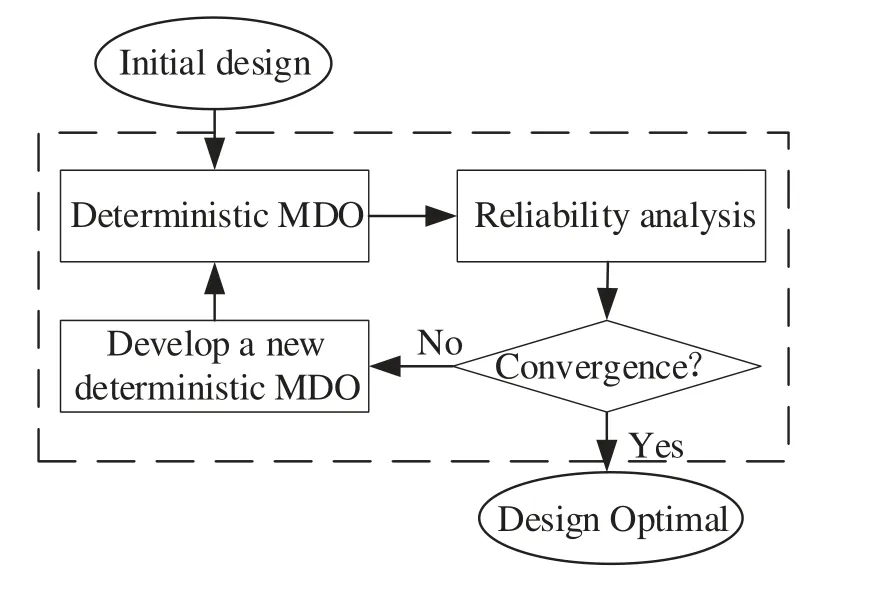
Figure 1:SORA process diagram[43]
The SORA method uses a single-cycle strategy to perform continuous deterministic optimization cycles and reliability analysis.In each cycle,optimization and reliability analysis do not interfere with each other.Reliability analysis is used to verify the feasibility of probabilistic constraints after optimization.The key of this method is to continuously revise the constraints in the optimization with the results obtained through the reliability analysis.Keep it close to the expected probability constraints,realize the optimal design as quickly as possible,reduce the number of optimizations.Thereby reducing the number of reliability analyses.
4.2 The PMA
In RBMDO,the PMA has the advantages of high calculation efficiency,good stability and wide application range[46,47].It takes the specified reliability indexβas the radius of the hypersphere as the search area.It uses the performance function value at the searched ext reme point to determine whether the target system is reliable.The equation Pr[Y(·)≥YMLP]=1-can be obtained by PMA,whereYMLPdenotes the value of the LSF at most likelihood point(MLP)[48,49].As shown in the Fig.2,ifYMLP≥0,the reliability requirements can be met.

Figure 2:PMA schematic[47]
4.3 The Improved RBMDO Using FMSA
The process of RBMDO-FMSA using SORA is as follows:
Step 1.Deterministic MDO.

wheredSandxSdenote shared deterministic design variables and shared random input variables,respectively;diandxidenote local deterministic design variables and local random variables of disciplinei,respectively;pdenotes the vector of independent random design parameters;zdenotes a coupling variable;the superscriptsLdenotes the lower limit,Udenotes the upper limit.
The initial valuesdS(0),di(0),x(0)S,x(0)iof the design variable in SORA are given whenk=1.Then solve the MDO problem according to the Eq.(29).
Step 2.Reliability analysis.
I.Linearization of the LSF by first-order Taylor expansion at the MLP point to minimize the accuracy of reliability analysis.Whenk=2,if any reliability constraints are not met,the deterministic MDO constraints will use the MLP information based on the previous cycle.Joint PDF has the maximum value at MLP,so the MLP can be obtained by the following Eq.(30):

II.Solve the percent performanceand MLP.According to PMA,the following Eq.(31)
can be obtained

Solving Eq.(31)can get.Defineas Eq.(32).

In FMSA,the CGFcan be obtained by Eq.(24).Then,the reliability PrPrcan be obtained by Eq.(12).
The MLP needs the corresponding percent performanceto solve.Then construct the reliability constraintYifor the next(k+1)cycles.It can be obtained by the following Eq.(33).

Step 3.Modified MDO.
Through the obtained MLP,the shift vector can be derived as Eq.(34).

Then,the RBMDO problem is transformed into an MDO problem.Deterministic optimization can be performed in the next cycle of SORA.The optimization process is as Eq.(35).

In the next cycle of SORA,after the MDO problem of the equation is solved,the reliability analysis is performed again.This process is repeated until the optimization converges.
5 Examples
This section gives two examples to verify the proposed method.The results obtained by the proposed method will be compared with existing methods.Other methods include mean first-order second-moment method(MVFOSM),first-order reliability method(FORM),second-order reliability method(SORM)and Monte Carlo simulation method(MCS)[50].
5.1 The Simple Wellhead Platform Calculation Example
This is a one-leg wellhead platform composed of a deep well foundation,a tower body and two upper and lower decks [22].Its simplified model is shown in Fig.3.In the figure,Xi(i=2,...,11)denotes the failure point,Li(i=1,...,5)denotes the wave force at each point of action,Yi(i=1,...,5)denotes the wall thickness design variable,Yi(i=6,...,8)denotes the diameter design variable,Yi(i=9,...,12)denotes the height design variable,Fdenotes the wind force,Wdenotes the weight of the platform equipment.
The example has 7 basic random variables.The specific information is shown in Table 1,whereHm,UcandVFare completely correlated,CDandCMare negatively correlated,with a correlation coefficient of -0.8,other variables are independent and uncorrelated.The above-mentioned related variables can be converted into linear independent variables throughZi=ai×Hm+bi×Uc+ci×VF+di×CD+ei×CM,as shown in Table 2.

Table 1:The relevant information of each variable in example 1

Table 2:The coefficients of related variables
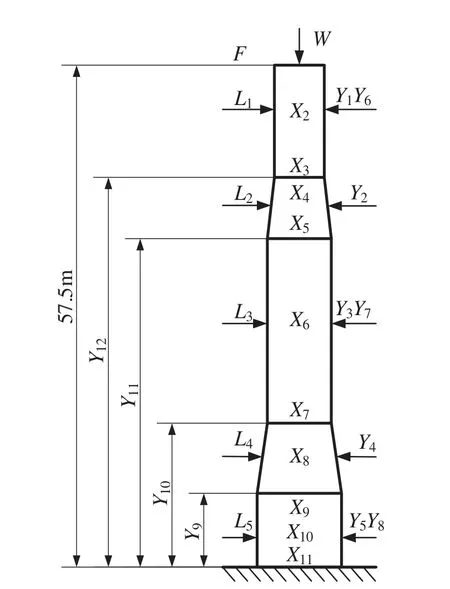
Figure 3:The Simple wellhead platform model
Here only the yield failure of each failure point is considered.The load effect takes into account the axial forceNand the bending momentM,so the LSF is:

whereMidenotes the bending moment borne by each section;Nidenotes the axial force borne by each section;didenotes the diameter of each section;tidenotes the wall thickness of each section.
The mathematical model of the optimal design is as Eq.(37).

whereF(Y)is the volume of the platform steel,the unit is m3;Yi(i=1,2,...,12)is the design variable;βiis the reliability index at each failure point;βαiis the target value of the reliability index at each failure point,which is taken as 4.0 in this example.
The results obtained by different methods are shown in Table 3.The minimum volume of the optimized platform steel is 16.26 m3,which is nearly 14%smaller than the original design.For more details,the length of truncated cones in two transition sections is obviously increased.Among different methods,the increase obtained by FMSA is the largest one,followed by MCS.While MVFOSM and FORM have relatively smaller length increases.The wall thickness increase of the transition section obtained by FMSA is less.While the increase obtained by FORM is the most.In addition,the diameters of the non-transition sections away from the fixed surface obtained by FMSA increased more than those obtained by the other methods.However,the diameters of the parts contacting the fixed surface decreased.
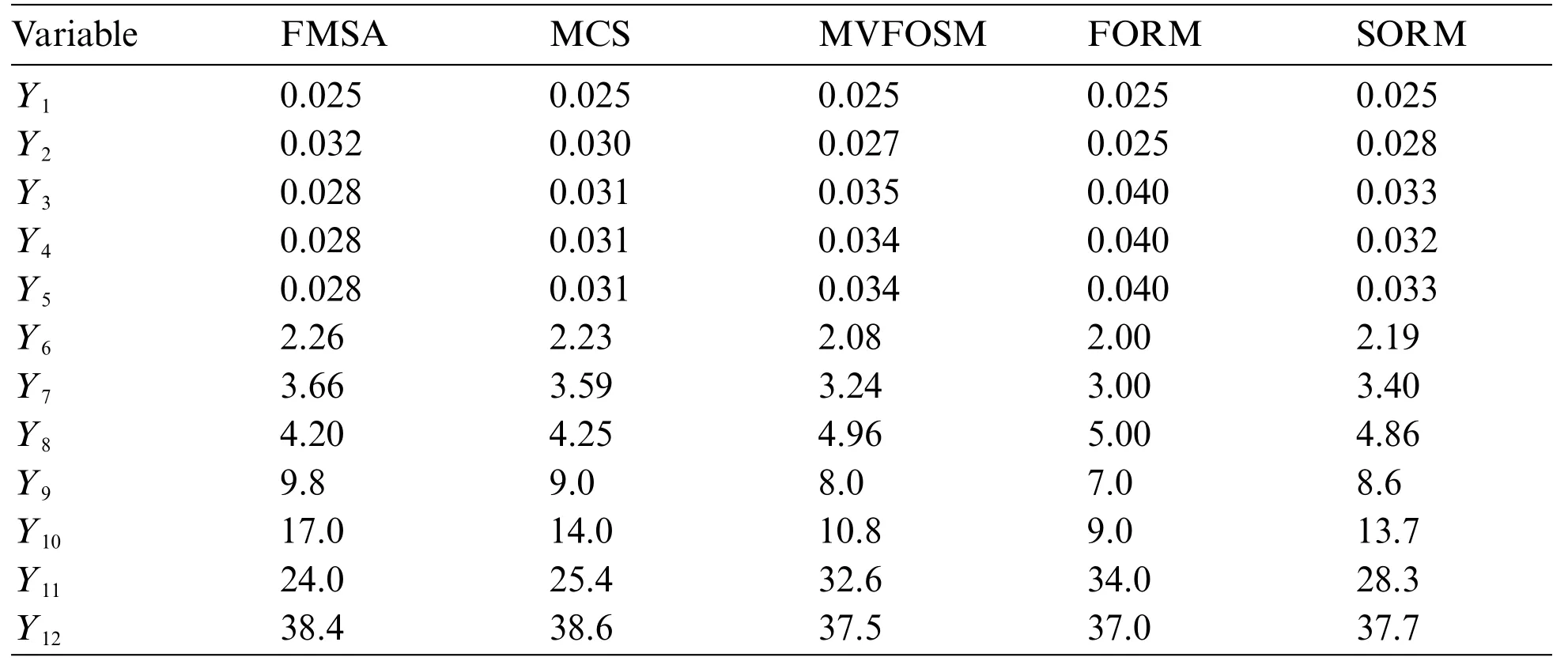
Table 3:The optimization results of different methods in example 1
5.2 The Engineering Speed Reducer Example
This is an engineering evaluation example of NASA standard MDO test [51,52].The model of this example is shown in Fig.4.Table 4 gives the relevant information of each variable.This example involves three disciplines: discipline 1 (Bearing set A and Shaft A),discipline 2 (Bearing set B and Shaft B) and discipline 3 (Gear A and Gear B).Table 5 shows the test results of different RBMDO methods.
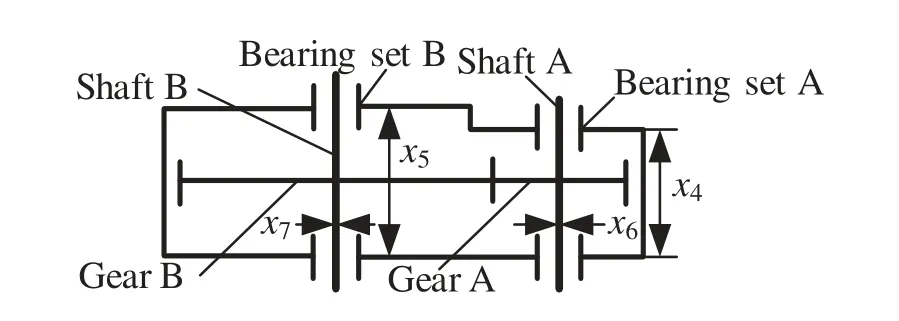
Figure 4:Speed reducer design
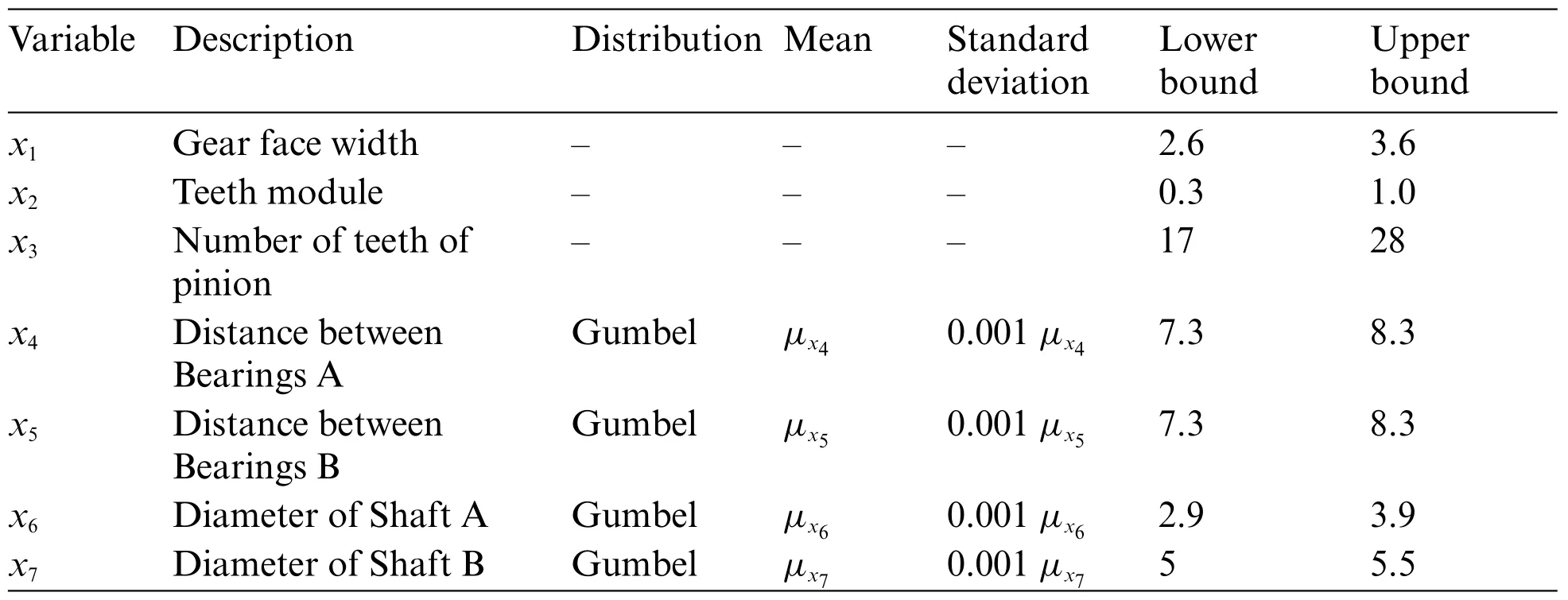
Table 4:The information about related variables in example 2

Table 5:The optimization results of different methods in example 2
It can be seen from Table 5 that the values of each variable obtained by different optimization methods are still within the constraints.The value of each variable varies little.The optimized value obtained by FMSA is the closest to MCS,indicating that FMSA has higher accuracy.The objective functionfis to minimize the volume of the gear system.Compared with other methods,FMSA has higher accuracy and more conservative results,so the volume is larger.However,the volume obtained by FMSA is not much larger than that obtained by other methods.It illustrates that FMSA can enjoy an effective balance between accuracy and cost.The smallest volume is obtained by MVFOSM.However,its accuracy is relatively low.
6 Conclusions
In uncertainty analysis and RBMDO of engineering structures,the SA method can be utilized to enhance the accuracy and efficiency of reliability evaluation.However,the random variables in SA should be easy to handle.Moreover,the corresponding saddlepoint equation should not be complicated.Both of them limit the application of SA for engineering problems.The moment method can construct an approximate cumulative distribution function of the performance function based on the first few statistical moments.However,the traditional moment matching method is not very accurate generally.To solve these problems,SA is combined with the moment method.An improved RBMDO-FMSA method is proposed to take the advantage of above methods.In FMSA,the approximate CGF is constructed based on the first four moments of the LSF.Then,the PDF and CDF are estimated based on this approximate CGF.Furthermore,the FMSA method is introduced and combined into RBMDO within the framework of SORA,which is based on the PMA strategy.The corresponding formulation RBMDO-FMSA effectively improves the efficiency and accuracy.
Funding Statement: The support from the Key R&D Program of Shandong Province (Grant No.2019JZZY010431),the National Natural Science Foundation of China (Grant No.52175130),the Sichuan Science and Technology Program (Grant No.2022YFQ0087) and the Sichuan Science and Technology Innovation Seedling Project Funding Project (Grant No.2021112) are gratefully acknowledged.
Conflicts of Interest:The authors declare that they have no conflicts of interest to report regarding the present study.
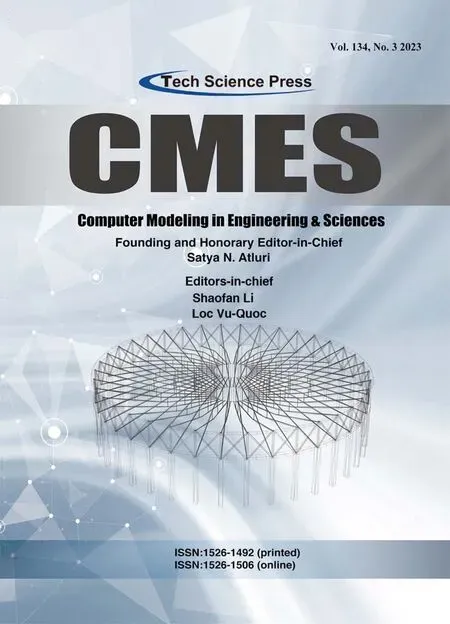 Computer Modeling In Engineering&Sciences2023年3期
Computer Modeling In Engineering&Sciences2023年3期
- Computer Modeling In Engineering&Sciences的其它文章
- A Consistent Time Level Implementation Preserving Second-Order Time Accuracy via a Framework of Unified Time Integrators in the Discrete Element Approach
- A Thorough Investigation on Image Forgery Detection
- Application of Automated Guided Vehicles in Smart Automated Warehouse Systems:A Survey
- Intelligent Identification over Power Big Data:Opportunities,Solutions,and Challenges
- Broad Learning System for Tackling Emerging Challenges in Face Recognition
- Overview of 3D Human Pose Estimation
